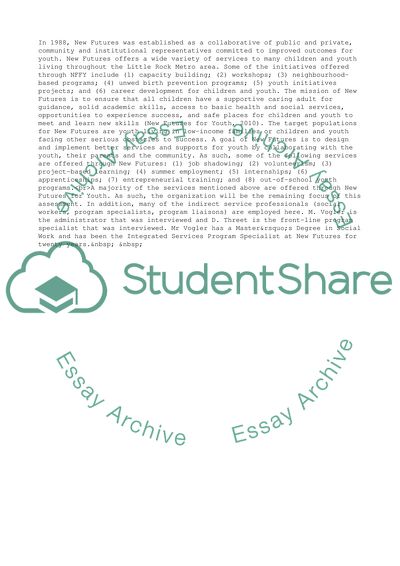Cite this document
(“New Futures for Youth Assignment Example | Topics and Well Written Essays - 2750 words”, n.d.)
New Futures for Youth Assignment Example | Topics and Well Written Essays - 2750 words. Retrieved from https://studentshare.org/business/1740472-org-assessment
New Futures for Youth Assignment Example | Topics and Well Written Essays - 2750 words. Retrieved from https://studentshare.org/business/1740472-org-assessment
(New Futures for Youth Assignment Example | Topics and Well Written Essays - 2750 Words)
New Futures for Youth Assignment Example | Topics and Well Written Essays - 2750 Words. https://studentshare.org/business/1740472-org-assessment.
New Futures for Youth Assignment Example | Topics and Well Written Essays - 2750 Words. https://studentshare.org/business/1740472-org-assessment.
“New Futures for Youth Assignment Example | Topics and Well Written Essays - 2750 Words”, n.d. https://studentshare.org/business/1740472-org-assessment.


